#Colombian History
Explore tagged Tumblr posts
Text

Dancing in Colombia. Fernando Botero. 1980.
The Metropolitan Museum of Art.
#fernando botero#Colombia#Colombian#colombian art#Colombian history#south america#South American history#modern history#art#culture#painting
10 notes
·
View notes
Text
KAROL G // SINGER
“She is a Colombian singer and songwriter. Considered one of the most influential reggaeton and urban pop artists, she has received several awards including a Grammy Award, five Latin Grammy Awards and four Billboard Music Awards. She was recognized with the Woman of the Year and Rulebreaker Award at the Billboard Women in Music, with the Spirit of Hope Award at the Billboard Latin Music Awards, and her works have broken five Guinness World Records.”

2 notes
·
View notes
Text









"'Nada was the last song I wrote for Miss Colombia, which was about a week or two after I gave birth to my daughter [last year," says Pimienta.

"By skewing artifice in favor of nuanced storytelling, these songs elevate Miss Colombia from artsy indie record into full-fledged masterpiece, allowing Pimienta to center her Afro-Colombian and native Wayuu heritage while simultaneously making an impassioned case for the coexistence of tradition and innovation."
6 notes
·
View notes
Audio
'In the 1970s, Cartagena singer Joe Arroyo was one of the greatest salsa entertainers in Colombia. A man known to be proud of his African roots, Arroyo would go on to author one of the most iconic songs emblematic of Black love and resistance, 'La Rebelion.' He opens with, 'I want to tell you, my Brother, a little piece of Black history,' and sings the story of a slave revolt that championed protecting Black women. He had all of Latin America singing the refrain, 'No le pegue a la negra' which translates to, 'Don't hit the Black woman.'
The classic salsa song which is set in 1600s Colombia rebukes the violence against enslaved Africans and re-lives an overlooked history of South America's largest slave trading port in Cartagena.
'Un matrimonio africano, esclavos de un español.' Arroyo introduces a married enslaved couple, whose young wife is being mistreated and physically abused by their Spanish captors. The heart of this song is in the depiction of a black man who, as captive, will endure abuse, hard labor, famine, humiliation and even death before he lets anyone - let alone a colonizer - put hands on the woman he loves.'
19 notes
·
View notes
Text
Romantic Revolutionary: Simon Bolivar and the Struggle for Independence in Latin America :: Robert Harvey

View On WordPress
#978-1-8490-1354-3#battle araure#battle boyaca#bob eames#books by robert harvey#caracas#cartagena#colombian history#first edition books#historic south america#history colombia#history south america#history venezuela#llanero chieftain#panama#santander#south american heads state#south american history#south american revolutionaries#south american wars independence#venezuelan history
1 note
·
View note
Text
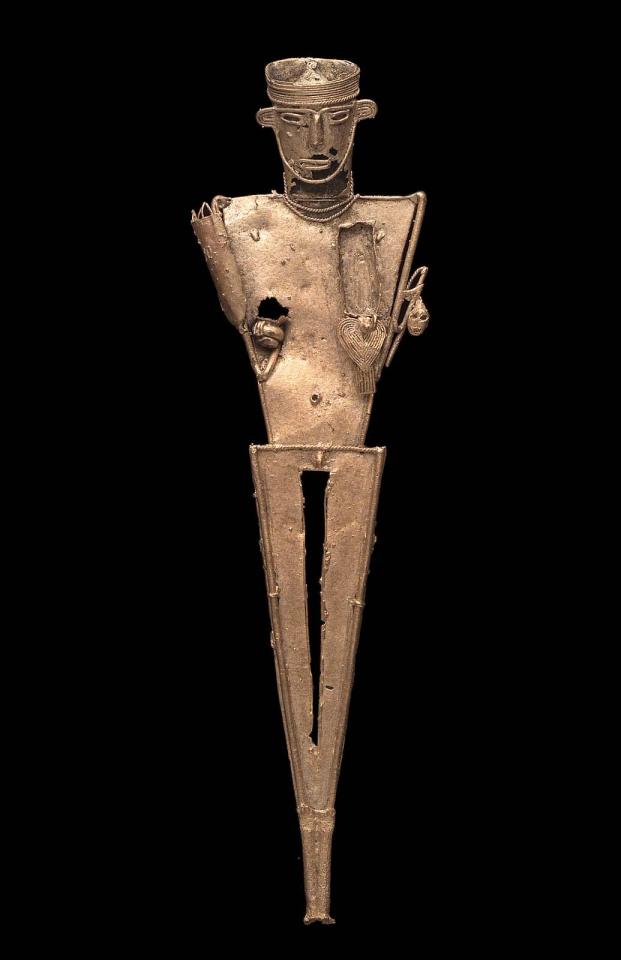
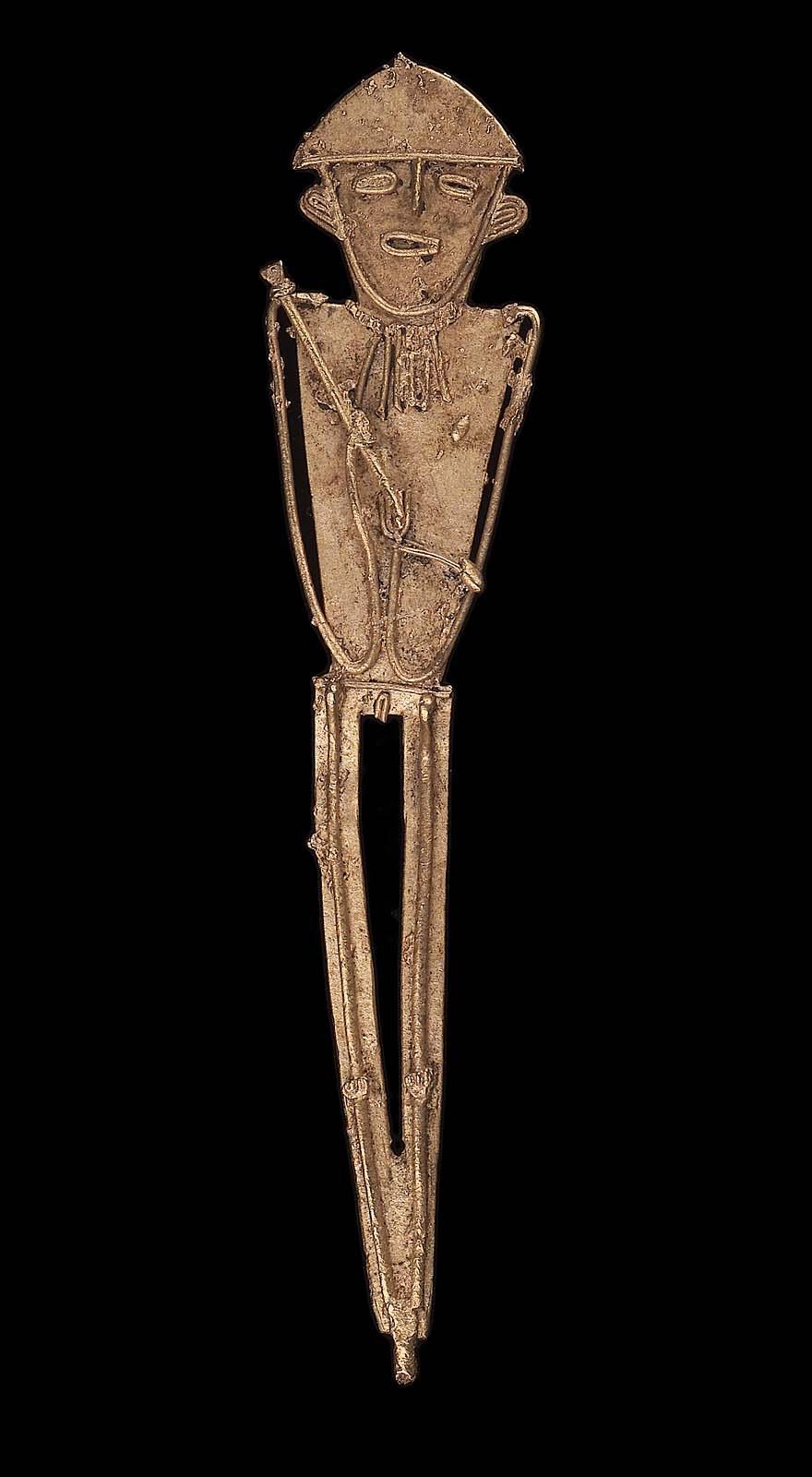
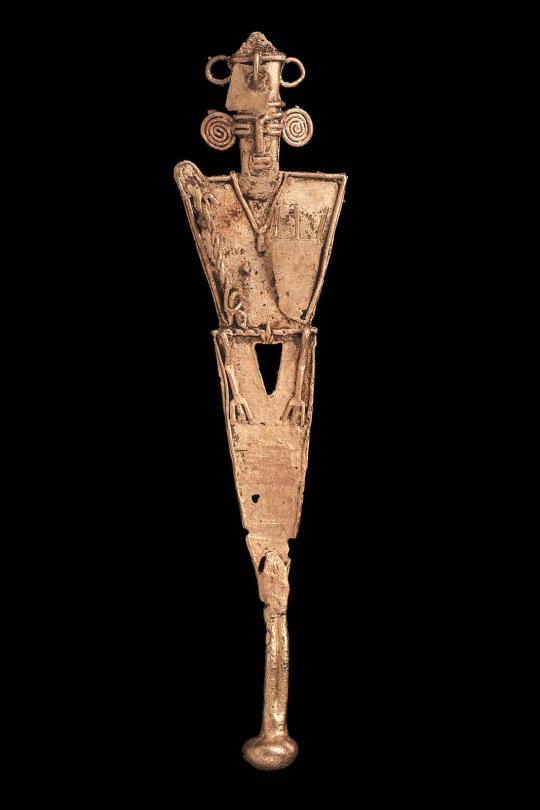
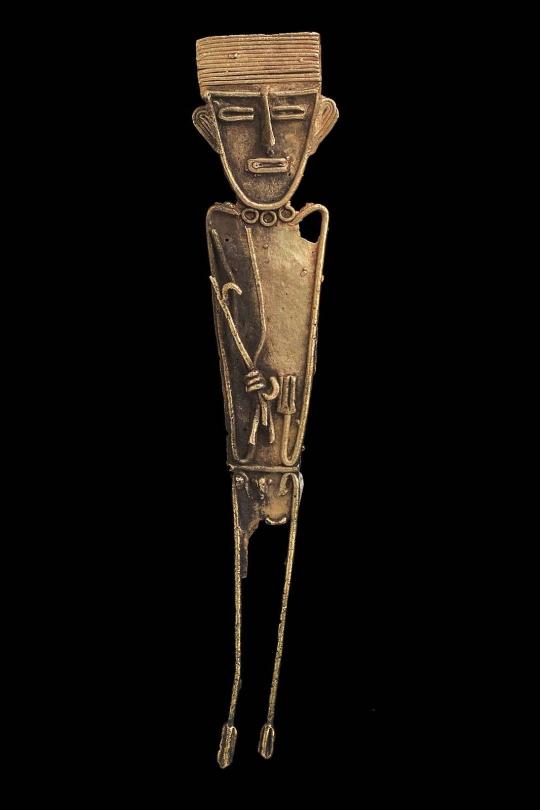
~ Male Effigy Cache Figure.
Culture: Muisca
Date: A.D. 1100–1550
Place of Origin: Departments of Cundinamarca & Boyacá, Colombia
Medium: Gold and copper alloy
#history#museum#archeology#archaeology#12th century#16th century#muisca#colombian#colombia#south america#Cundinamarca#boyaca#male effigy cache figure#male effigy#effigy#a.d. 1100#a.d. 1550
482 notes
·
View notes
Text

This has been my mind for years now. I always flip flop. I had to get this off my chest.
#Cause they BOTH make sense to me#His name is giving Brazilian#A lot of Brazilians have also claimed him and from I know of Brazilian culture and I can see that relating to him a lot#But I could also see him from a Spanish speaking country#And the history of Colombia kinda checks out with his backstory#Not date for date or anything but the VIBES#I could also see him being Colombian based on my limited understanding of the culture as well#Impossible decisions really#Resident evil#Resident evil 3#resident evil 3 remake#re3r#Re carlos#Carlos Oliveira#Character nationality hc#Not my art
42 notes
·
View notes
Text
To escape the sexual abuse of her mother's boyfriend, she ran away from home at 19, resorting to theft for survival.
She referred to herself as The Godmother and named her son Michael Corleone and her German Shepherd Hitler. She introduced Pablo Escobar to the drug business in the U.S.
Her mother Ana Lucia Restrepo was a maid on a farm in Cartagena who was fired when she became pregnant by her boss.

Griselda Blanco is suspected of being involved in 40 murders across the U.S., including all three of her husbands. At its height, her network was pushing $80 million a month in cocaine. Photograph By GDA/El Tiempo/Columbia/AP
The Real-Life Rise and Fall of Griselda Blanco—Cocaine ‘Godmother’ of the ‘70s
How did a Girl Who Grew-up in Poverty in Colombia Become an International Narcotics Queenpin Pushing $80 a Million a Month in Cocaine?
— By ParissaDjangi | February 2, 2024
The Godmother. The Black Widow. Queenpin. Griselda Blanco’s many aliases and nicknames speak to the notoriety she gained by heading a billion-dollar, blood-soaked drug empire that stretched from Colombia to the United States.
Now the subject of the Netflix series Griselda, Blanco’s life blurred the line between fact and fiction as she clawed her way to a position of power in a violent world. So, who was the real woman behind the myth?
Griselda Blanco’s Rise
Blanco was born in Colombia on February 15, 1943. Her homeland would soon be torn apart by La Violencia, a period of mass violence and unrest which began on April 9, 1948, when popular politician Jorge Eliécer Gaitán was assassinated on the streets of Bogotá. By the time La Violencia ended a decade later, 200,000 people had been killed.
A black and white image shows a car overturned and the the whats left of the build photographers closely photograph the car.
This is a view of some of the destruction that rocked Bogota, Colombia, shown April 15, 1948, in the aftermath of the assassination of populist leader Jorge Eliecer Gaitan on April 9. This is the corner of Carrera Septner with the burned out Renina Hotel in the background.


Left: A diplomatic car was overturned and burned in the rioting and looting of April 9, 1948, in Bogotá, Colombia. Right: Some of the destruction that rocked Bogotá is shown April 15, 1948, in the aftermath of the assassination of populist leader Jorge Eliécer Gaitán on April 9. Photographs By William J. Smith/AP Photo
Blanco came of age against this backdrop of violence. As historian Elaine Carey pointed out in Women Drug Traffickers, Blanco and her contemporaries learned that “power frequently came through violent acts.”
Growing up in poverty in Medellín, Blanco initially didn’t have much power. She cut her teeth in the criminal world at the age of 11, when she allegedly kidnapped a local boy and murdered him after her ransom attempt didn’t pan out. In the coming years, she added pickpocketing and counterfeiting money to her resume.
youtube
Michael Corleone Remembers His Mom, Griselda Blanco. Blanco's son was interviewed for National Geographic's show "Narco Wars."
Blanco met and eventually married Carlos Trujillo, who made a living falsifying papers and trafficking humans. The marriage produced three children but ended in divorce. And by the mid-1970s, Trujillo was dead. Some say Trujillo died from health issues; others claim Blanco was really behind his death.
Making White Gold a Family Business
The disco boom of the 1970s sparked a growing market for illicit drugs like cocaine. By the middle of the decade, Colombia had emerged as the center of the cocaine trade, which brought opportunities for staggering wealth––and danger.
Together with Alberto Bravo, a drug smuggler and Blanco’s second husband, they built a cocaine empire based in New York. They relied on smugglers who wore specially designed undergarments to conceal drugs across international borders.
As the empire grew, Blanco’s relationship with Bravo deteriorated. Though the specifics of what exactly happened remain disputed, Bravo was killed in 1975. Blanco later claimed that she personally shot him in the mouth.
A womon in a dress patterend with overlaping stripes in red black and white lays on a cushion brown cushion cntered around a flowers that fill the background behind her.

Griselda Blanco is pictured in a scene from the 2006 documentary Cocaine Cowboys. Photograph By Magnolia Pictures/Zuma Press
Bravo’s death cemented the image of Griselda Blanco as the “Black Widow,” a woman who got rid of her husbands by killing them.
At its peak, Blanco’s network pushed $80 million worth of cocaine every month. Her biggest markets included New York, Miami, and Los Angeles.
Blanco’s cocaine empire earned her the nickname “The Godmother,” Colombia’s answer to The Godfather’s Vito Corleone. Blanco seemed to lean into the mythology. After she gave birth to her fourth and final child in 1978, she named him Michael Corleone in honor of the film’s central character.
Blanco’s Reign of Terror in Miami
Violence was the foundation upon which Blanco built and maintained her empire. It was the oil that kept the engine of her network running––and it transformed Miami into a battlefield in the drug wars.
One of the most public attacks happened on July 11, 1979. Two men, likely at Blanco’s bidding, gunned down a cocaine dealer and his bodyguard in a liquor store at Miami’s Dadeland Mall.

Police say two men in a panel van painted with ''Happy Time Complete Party Supply'' were enforcers for Griselda Blanco. They shot and killed a rival dealer and his bodyguard inside Crown Liquors July 11, 1979. Photograph By David Poller/Zuma Wire
In another Miami incident, Blanco ordered the murder of her associate Jesus Castro, who had reportedly kicked one of her children. But when her hitmen attempted to do the job in 1982, they mistakenly killed Castro’s two-year-old son Johnny instead.
According to Jorge Ayala, one of her assassins, Blanco welcomed the error. “At first she was real mad ‘cause we missed the father. But when she heard we had gotten the son by accident, she said she was glad, that they were even.”

The shootout in broad daylight at Dadeland Mall is widely seen as the beginning of the ''Cocaine Wars'' in South Florida. Photograph By David Poller/Zuma Wire
Blanco’s children witnessed violence firsthand. In 1983, she probably ordered the death of her third husband, Dario Sepúlveda. He was killed in front of Michael Corleone, their five-year-old son, in Colombia.
In total, officials suspected Blanco’s involvement in no less than 40 murders across the U.S.
Blanco’s Fall
Blanco managed to stay one step ahead of the law—for a while, at least. The United States Drug Enforcement Administration worked with informants to track her down and build a case against her.
Officials arrested her in Irvine, California, on February 17, 1985, and the resulting trial sentenced her to 15 years in prison. Nine years later, more charges came, this time for the murders of Johnny Castro and drug dealers Alfredo and Grizel Lorenzo.
Blanco was deported to Colombia in 2004, and lived quietly in El Poblado, Medellín’s wealthiest neighborhood for eight years.
On September 3, 2012, 69-year-old Griselda Blanco stepped outside a butcher’s shop in Medellín. Suddenly, two shots rang out––they had come from the gun of assassins on a motorcycle, which quickly fled the scene. Blanco collapsed. The woman who had forged a bloody path away from the poverty of Medellín’s streets ultimately died on them.
6 notes
·
View notes
Text




The Battle of Colors - Barranquilla, Colombia – February 2006
The Carnival of Barranquilla is a unique festivity which takes place every year during February or March on the Caribbean coast of Colombia. Cumbia, both music and dance, is considered to be the main essence of the Carnival. A colourful mixture of the ancient African tribal dances and the Spanish music influence – cumbia, porro, mapale, puya, congo among others – hit for five days nearly all central streets of Barranquilla, the capital of the Atlántico Department. Those traditions kept for centuries by Black African slaves have had the great impact on Colombian culture and Colombian society. In November 2003 the Carnival of Barranquilla was proclaimed as the Masterpiece of the Oral and Intangible Heritage of Humanity by UNESCO.
#The Battle of Colors#Barranquilla#Colombia#Carnival of Barranquilla#February#March#Intangible Heritage of Humanity by UNESCO#History#Culture#Afro Colombians
128 notes
·
View notes
Text
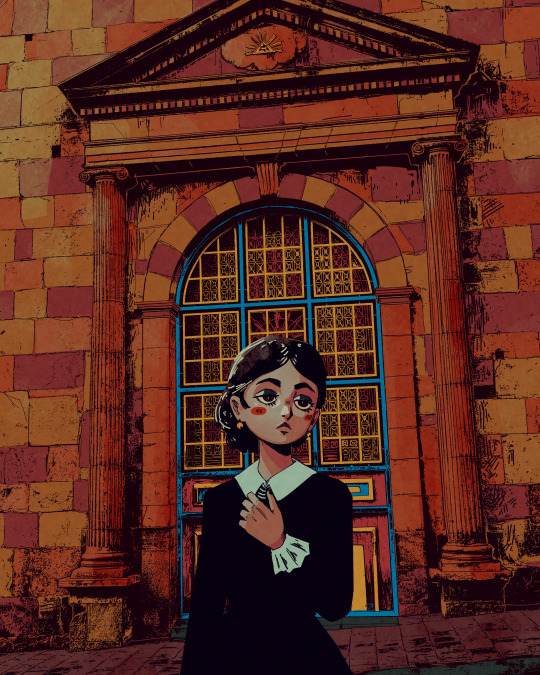
Antonia Santos
Despues de vivir en Santander por un par de meses, quize hacer algo relacionado con la historia de esta region
Twitter
Instagram
Patreon
INPRNT
#Colombia#Santander#history#drawing#colombian artist#dibujo#ilustracion#illustration#art#artists on tumblr
18 notes
·
View notes
Text

The Hunter. Fernando Botero. Colombian. 1980.
The Smithsonian Institution/Hirshhorn Museum and Sculpture Garden.
#Hirshhorn Museum and Sculpture Garden#the smithsonian#fernando botero#colombian#colombia#colombian art#Colombian history#south america#South American history#1980s#modern history#art#culture#painting
7 notes
·
View notes
Text
Afro-descendence, afro-descendance, inevitable consanguinity that I've crossed distances and borders...what a challenge, pigmentation and identity, to overcome, stumbling blocks and barricades. Blood that burns, heart that squeezes. It is Africa that screams through these veins, an ancestor that's imprisoned, that bears, that demands freedom and not chains. Distant and latent African mother, cry without echo, rage contained...always and forever you will be present, a vital part of our lives. Mother Africa, we are your descendants and in our blood we carry your presence.
“Afrodescendencia Afrodescendencia, inevitable consanguinidad que atravesó, distancias y fronteras… que desafió, pigmentación e identidad, que superó, escollos y barreras. Sangre que quema, corazón que aprieta. Es África que grita entre las venas, ancestro que aprisiona, que sujeta, que exige libertad y no cadenas. Madre África distante y latente, grito sin eco, rabias contenidas… siempre y por siempre estarás presente, eres parte vital de nuestras vidas. Madre África, somos tu descendencia y en la sangre llevamos tu presencia.”
— Antología de mujeres poetas afrocolombianas, Lucrecia Panchano.
1 note
·
View note
Text

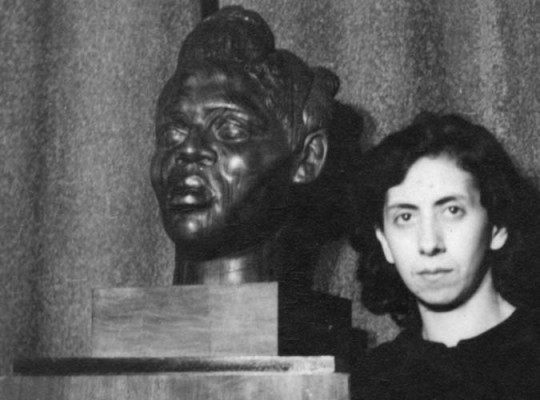
Hena Rodríguez (deceased)
Gender: Female
Sexuality: Lesbian
DOB: 20 May 1915
RIP: 17 April 1997
Ethnicity: Colombian
Occupation: Sculptor, artist, teacher
Note: Was one of the first Colombian women to become a sculptor
#Hena Rodríguez#lesbian history#lgbt history#lgbt#lesbianis#female#lesbian#1915#rip#historical#colombian#poc#hispanic#sculptor#artist#teacher#first
90 notes
·
View notes
Text





While some were lucky enough only to suffer injuries, most of the town's people perished. As many as 25,000 people died. Only a fifth of Armero's population survived.
Despite the incredible devastation, it would take hours before initial rescue efforts began. This left many - like Omayra Sanchez - to endure long, terrifying deaths trapped beneath the mud.

The deathly white hand of Omayra Sanchez




The photographer could feel her strength weaken, as if the teenager was ready to accept her fate. She asked volunteers to let her rest, and bid her mother goodbye.
Three hours after Fournier found her, Omayra Sanchez died.
The New York Times reported the news of Sanchez's death accordingly:
When she died at 9:45 am today, she pitched backward in the cold water, an arm thrust out, and only her nose, mouth and one eye remaining above the surface. Someone then covered her and her aunt with a blue and white checked tablecloth.
Her mother, a nurse named Maria Aleida, received the news of her daughter's death during an interview with Caracol Radio.
She wept silently while radio hosts asked listeners to join in a moment of silence out of respect for the 13-year-old's tragic death. Much like her daughter, Aleida showed strength and courage following her loss.
"It is horrible, but we have to think about the living," Aleida said, referring to survivors like herself and her 12-year-old son Alvaro Enrique, who lost a finger during the disaster. They were the only survivors from their family.
"When I took the pictures I felt totally powerless in front of this little girl, who was facing death with courage and dignity," Fournier remembered. "I felt that the only thing I could do was to report properly...and hope that it would mobilize people to help the ones that had been rescued and had been saved."
His photograph of Omayra Sanchez - black-eyed, drenched, and hanging on for dear life - was published a few days later. The photograph was so disturbing that it spurred an international backlash against the Colombian government's practically nonexistent rescue efforts.
In Sanchez's case, rescuers didn't have the equipment needed to save her - they didn't even have a water pump to drain the rising water around her.
Later it would be discovered that Omayra Sanchez's legs had been trapped by a brick door and her dead aunt's arms underneath the water. But even if they had figured that out earlier, rescuers still didn't have the heavy equipment necessary to pull her out.
About the personal criticisms he faced for the photo, Fournier said, "There are hundreds of thousands of Omayras around the world - important stories about the poor and the weak and we photojournalists are there to create the bridge." The fact that people still find the photograph utterly disturbing, even decades after it was taken, shows Omayra Sanchez's "lasting power."
"I was lucky that I could act as a bridge to link people with her," he said.
2 notes
·
View notes
Text

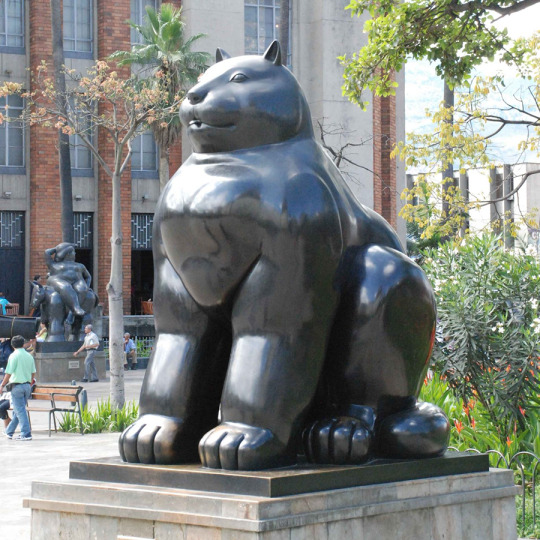
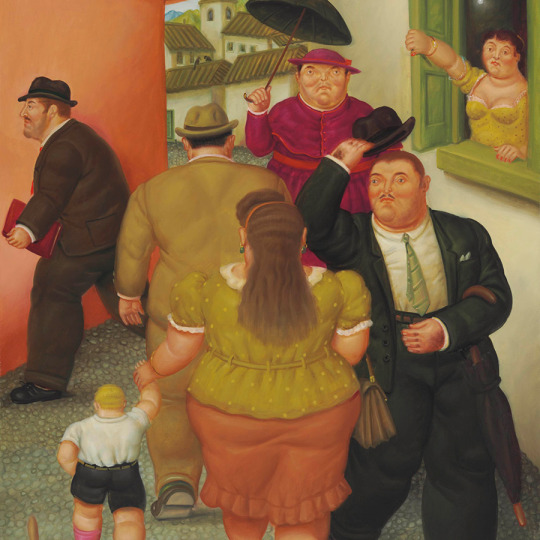


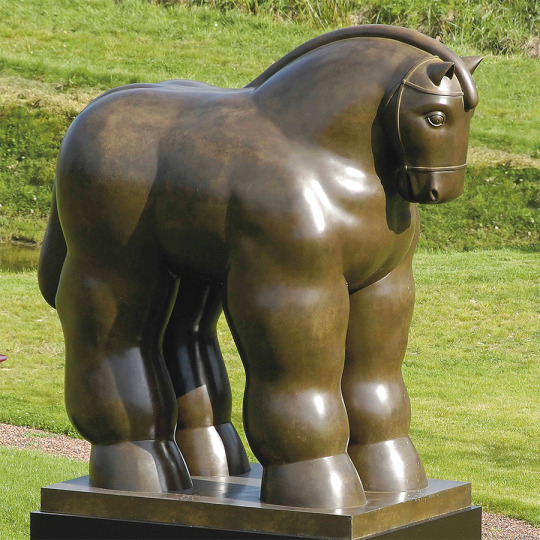
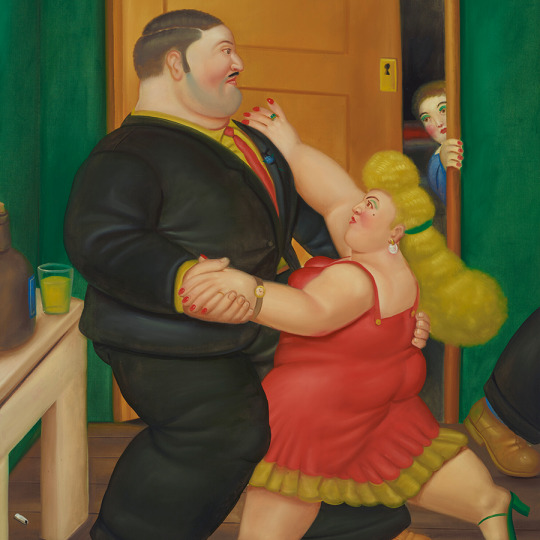


Artist I Like Series
Fernando Botero 1932 - 2023 a Colombian figurative artist and sculptor. His signature style, also known as "Boterismo", depicts people and figures in large, exaggerated volume, which can represent political criticism or humor, depending on the piece. He was considered the most recognized and quoted artist from Latin America in his lifetime. He recently died at age 91 this September.
#fernando botero#20th century#21st century#Male Artist#Colombian#sculptor#painter#contemporary art#artist I like#art history#art#fave
80 notes
·
View notes
Text
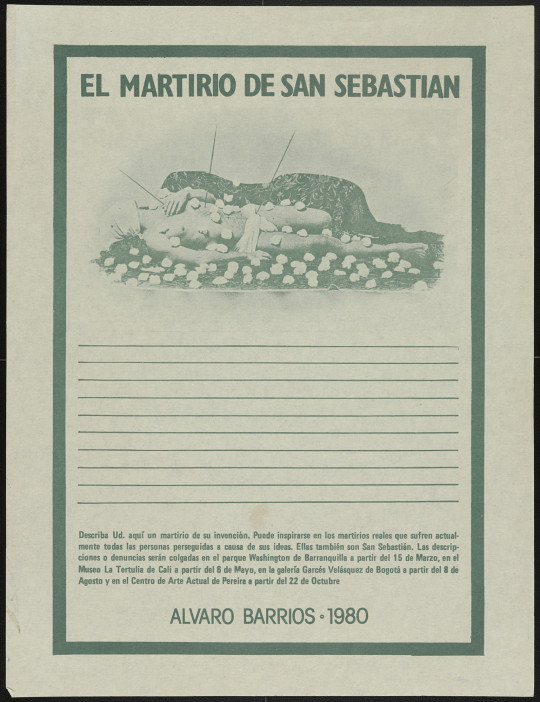
Popular Print "The Martyrdom of Saint Sebastian" (1980) - Álvaro Barrios (Colombian, 1945-)
The text at the bottom translates (via machine translation) to: "Describe here a martyrdom of your invention. You can draw inspiration from the real martyrdoms currently suffered by all people persecuted for their ideas. They are also San Sebastián. The descriptions or reports will be posted in the Washington Park in Barranquilla starting on March 15, in the La Tertulia Museum in Cali starting on May 6, in the Garcés Velásquez gallery in Bogotá starting on August 8 and in the Pereira Current Art Center starting October 22"
#saint sebastian#álvaro barrios#colombian art#print#ephemera#queer art history#20th century#barrios continues to actively make art and you can follow him on instagram#translation corrections welcome#personal favorite
24 notes
·
View notes